8th May 2023
About Tartans
In Scotland, tartans have a long and fascinating history that resonates and continues to grow in popularity in the 21st century. Taking a look back, the precise date and origin of tartan remains debatable. Many believe that the earliest known tartan in Scotland can be dated to the third or fourth century A.D. Originally, tartan designs had no names or symbolic meaning, and there were no regulated or defined tartan clan patterns. Early tartan cloth was limited to two or three colors and made of locally woven cloth that was hand dyed using roots, tree bark, and berries.
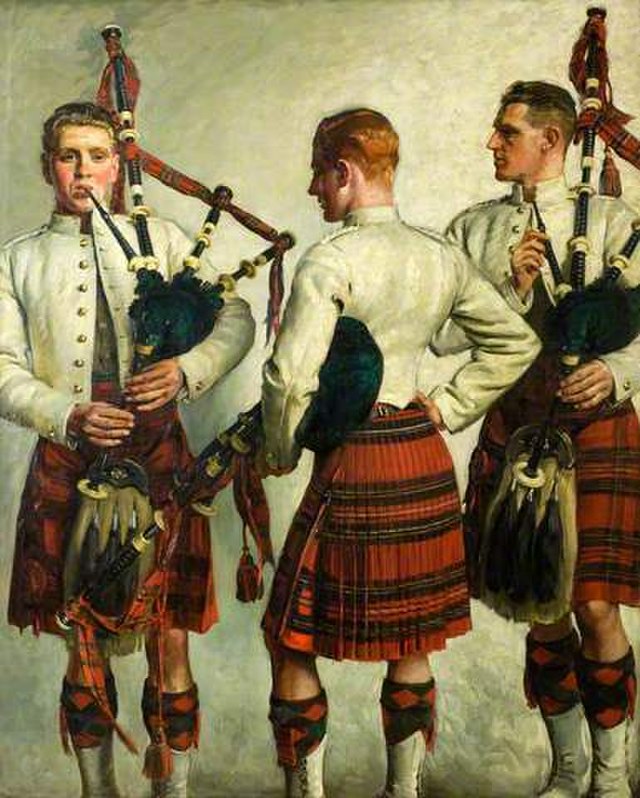
These simple checks or tartans were worn by the people of the district where they were made, and eventually evolved into becoming the area or clan tartan. It is documented that weavers took great pains to weave exact patterns of tartans by identifying every thread on a piece of wood known as a maide dalbh, or pattern stick. Today, BraeVal takes great pride in our custom made unique patterns inspired by this Highland history.
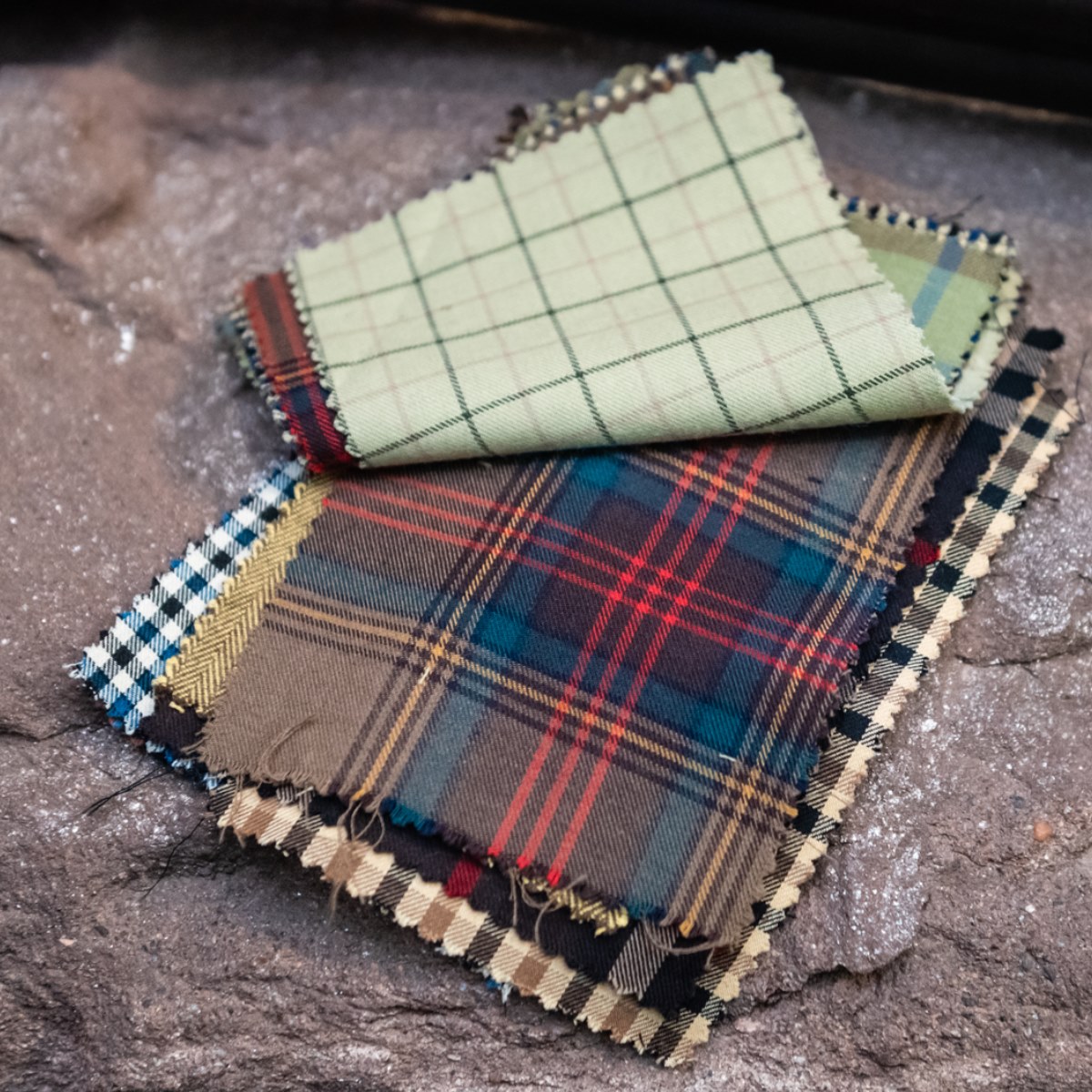
The Scottish word for tartan is breacan meaning chequered. The original kilt was known as a Breacan an Philead or belted plaid, that was worn as an everyday outfit. It consisted of roughly 12 yards of material worn around the waist, then passed over the chest and left shoulder and secured with a belt. This "garment" was also used as a blanket, and to protect the head during a Scotlandish rainstorm...and, we know there are many of those! Many of us are confused about the difference between tartan and plaid because both have interlocking stripes and seem to be more or less the same. "Plaide" is the Gaelic word for a blanket, that is specifically used in the context of Highland dress to refer to a large length of material. One of the most common garments worn was the Belted Plaid, that consisted of a large piece of cloth belted at the waist. The "plaide" was made from locally woven tartan cloth. In America, we may refer to a tartan as a plaid, however, in Scotland, a plaid refers to a large piece of tartan cloth.
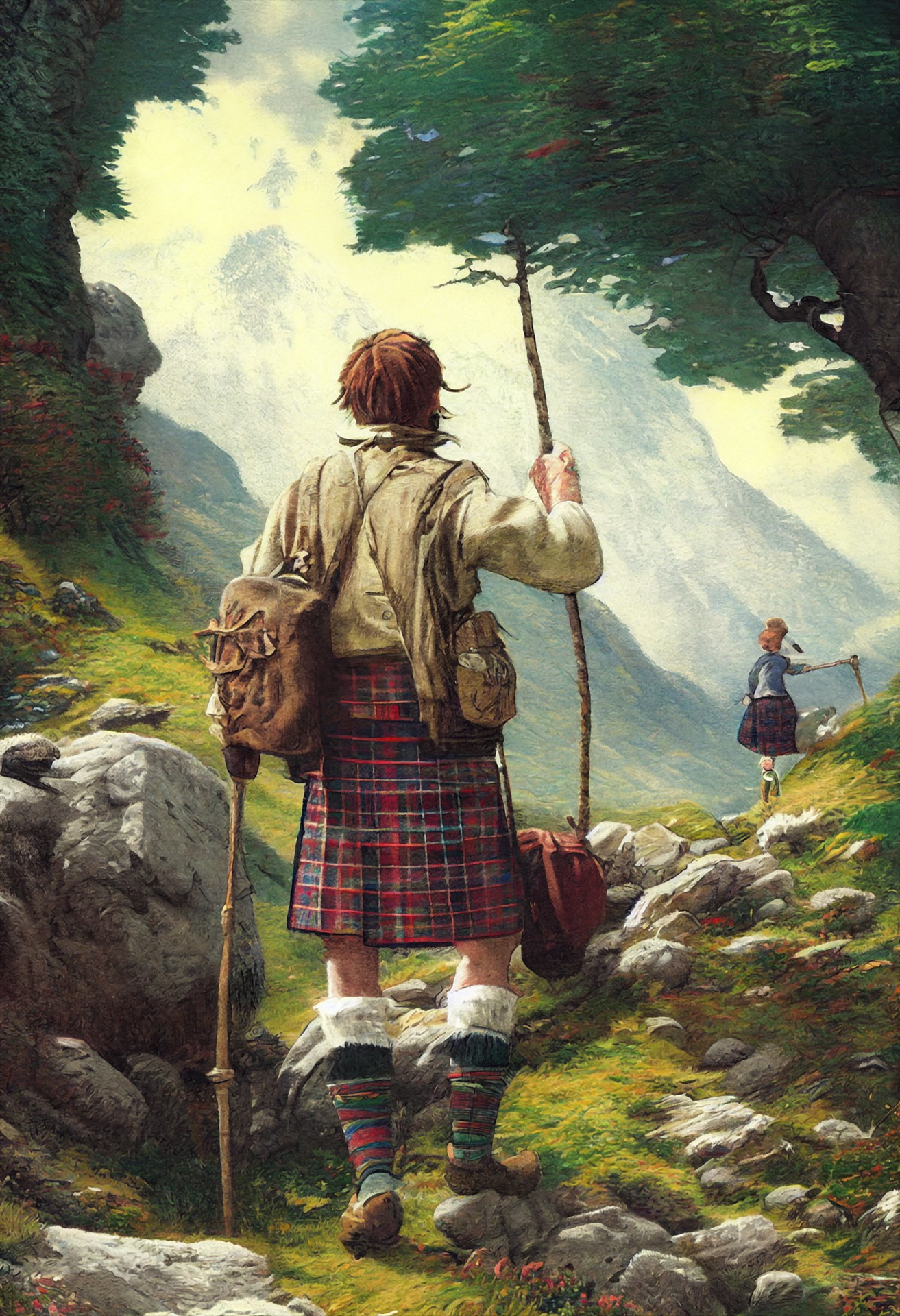
Technically a tartan cloth is a check or pattern in a variety of colors in woven fabric where bands of color are repeated in equal proportions in warp (running lengthwise) and weft - running across, at right angles to one another. Part of the beauty of a tartan is where the pattern actually forms visible lines where different colors cross, which give the magical appearance of new colors blended from the original colors. Early visitors to Scotland noted tartan cloth worn by the people that lived there and described the fabric as "mottled," "marbled," and "sundrie colored."
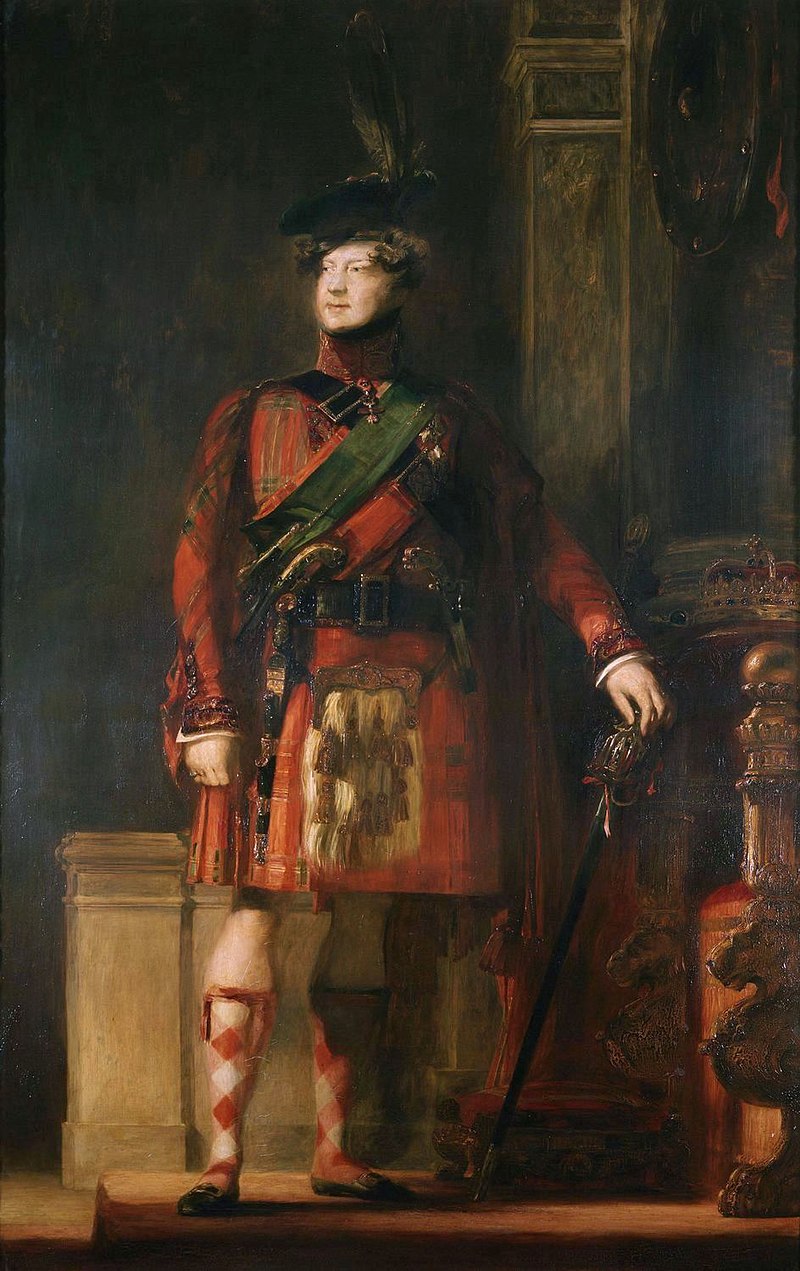
It is no surprise that tartans gained popularity because of their look and style. By the 17th century, tartan became characteristic of Highland Dress. When royalty, gave the nod to tartan, it became even more popular. King James III and his Queen for example purchased a length of cloth in 1471, King James V wore tartan while hunting in the Highlands in 1538, and King Charles II, wore a ribbon of tartan on his marriage coat in 1662. Tartan reached the masses in 1822, with the visit of King George IV to Scotland. With his visit, the invention of new clan specific tartans was established.This royal visit made tartan the national dress of the whole of Scotland, rather than just in the Highlands. And one must never forget Queen Victoria and her love of Scotland and the Highlands - her visits and love of tartan brought this fabric to international fame. Victoria was particularly fond of the Highland dress, including the kilt, and she encouraged her husband, Prince Albert, to wear it as well.
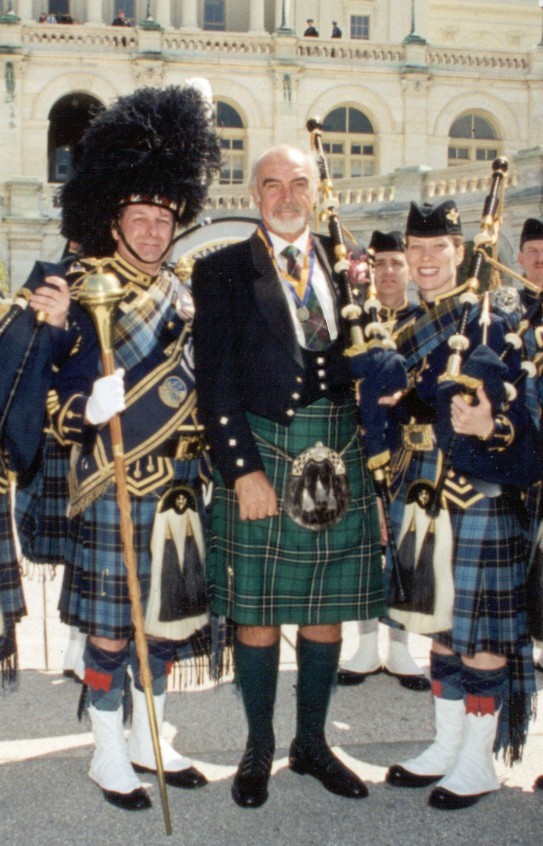
The first commercial weaving of tartan cloth started in the 1760s by Wilson of Bannockburn and continued through the early 20th century. This company is one of the many inspirations for BraeVal tartans -- we believe in creating meticulously made bespoke fabric that we make our shirts from with modern details for comfort and convenience found nowhere else. We cannot think of a better way than to be the best that we can be and to create the most comfortable tartan shirt in the world in honor of this timeless and well loved tradition.

